MS Vienna
Well-known member
Hi,
I thought that may be worth a try.
I started with a Sennheiser MKE10 lavalier mic, a scrap piece of Wenge-wood (think Warwick bass necks) and 1,5mm brass sheet.
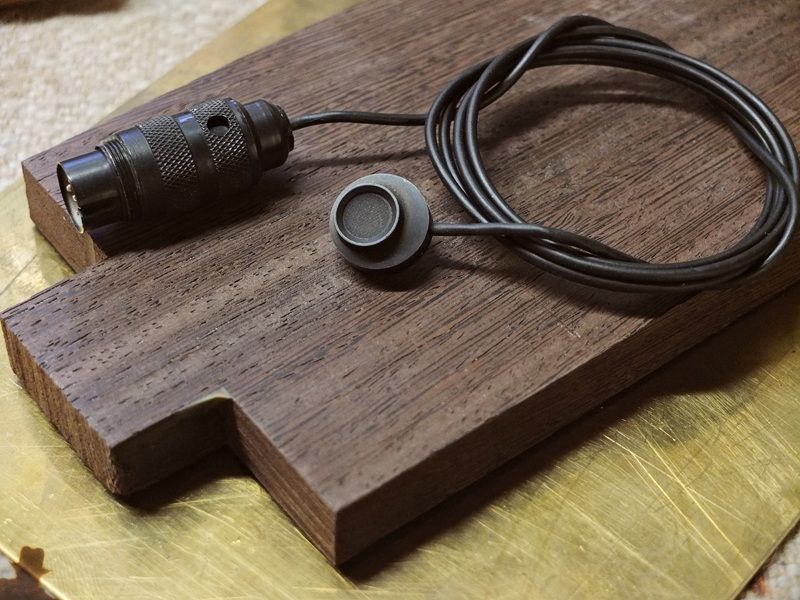
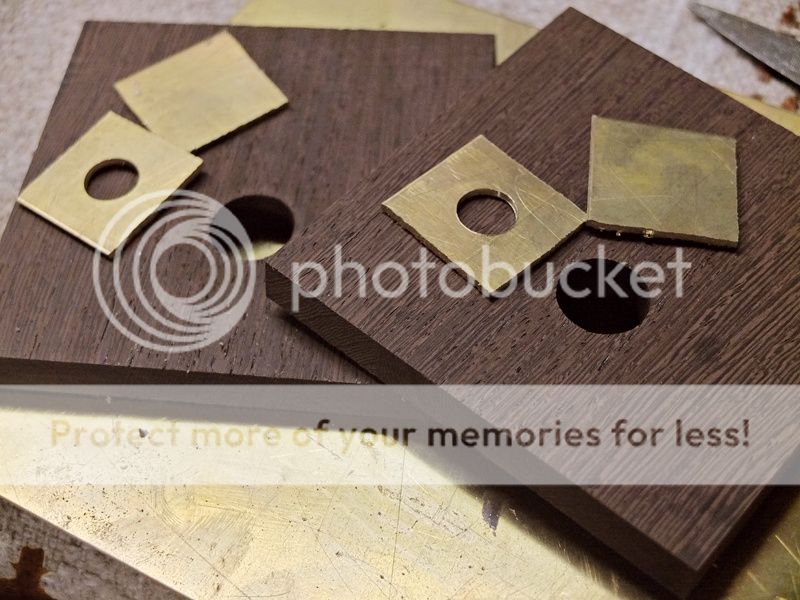
I then routed the cavity for the microphone and a cover to hold it firmly in place. I don´t have a milling machine so I used a Dremel mounted on a small "router base" as sold through Stew Mac guitar shop supply. A handy little gadget.
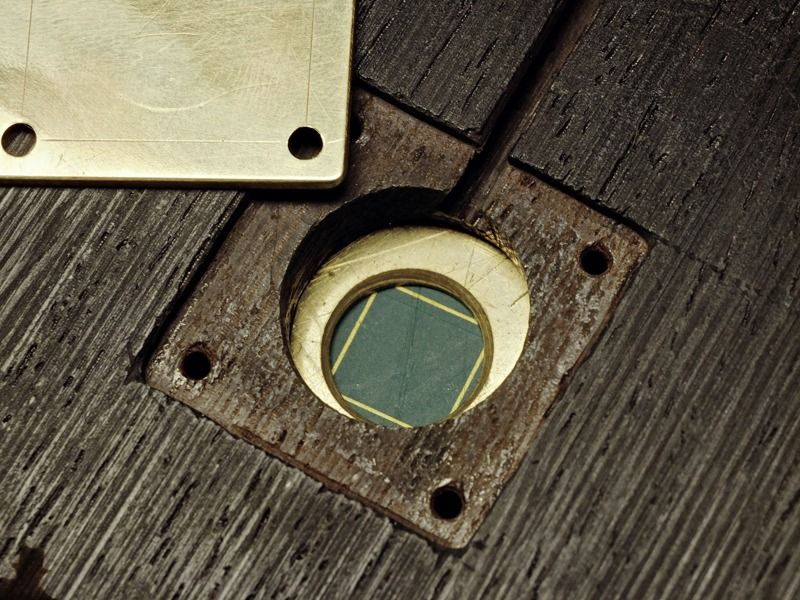
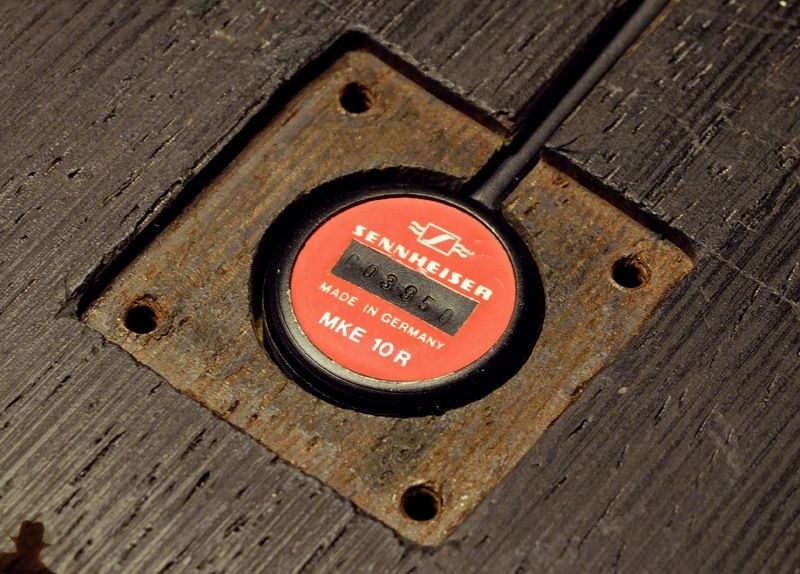
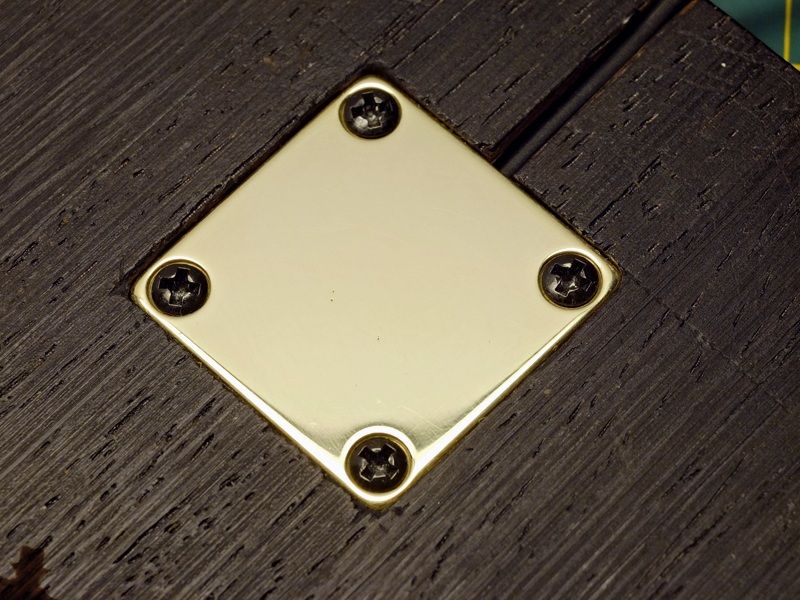
And the finished PZM


Since I had sufficient wood I made two of them. Those mics are nice for stereo recordings.
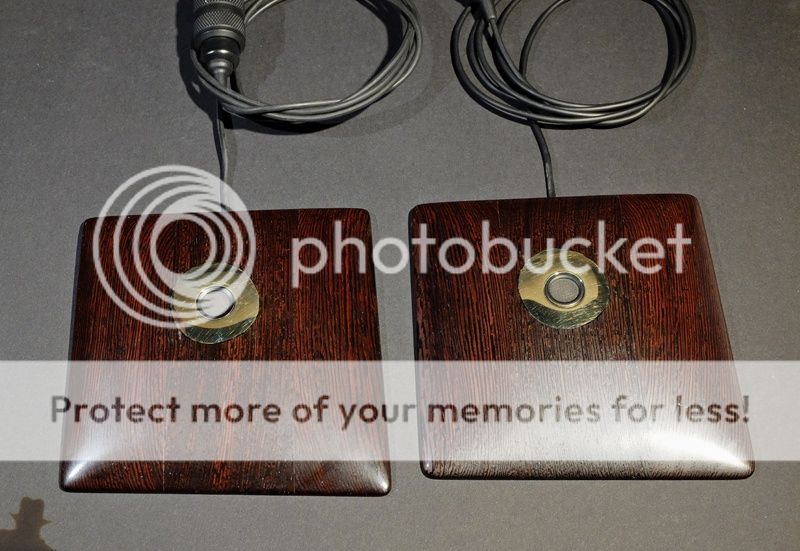
Professional PZMs have irregular shapes and the capsules placed out of center to avoid audible artfacts caused by diffraction of sound waves from the plates´ edges for example. The Neumann and Schoeps PZMs were constructed using computer simuation. Mine were made using just improvisation by hand I simply made one and used it as template for the second one.
I simply made one and used it as template for the second one.
Wenge is a very hard (reflective) wood. I made the surface directly surrounding the caspule from brass to give it even better reflective properties for the highest frequencies. Again those brass disks are not round but have a slightly irregular shape.
I´ve done test recordings at jam sessions and I´m positively surprised about the sound qualitiy these mics are capable of.
Merry Christmas everybody!
I thought that may be worth a try.
I started with a Sennheiser MKE10 lavalier mic, a scrap piece of Wenge-wood (think Warwick bass necks) and 1,5mm brass sheet.


I then routed the cavity for the microphone and a cover to hold it firmly in place. I don´t have a milling machine so I used a Dremel mounted on a small "router base" as sold through Stew Mac guitar shop supply. A handy little gadget.



And the finished PZM


Since I had sufficient wood I made two of them. Those mics are nice for stereo recordings.

Professional PZMs have irregular shapes and the capsules placed out of center to avoid audible artfacts caused by diffraction of sound waves from the plates´ edges for example. The Neumann and Schoeps PZMs were constructed using computer simuation. Mine were made using just improvisation by hand
Wenge is a very hard (reflective) wood. I made the surface directly surrounding the caspule from brass to give it even better reflective properties for the highest frequencies. Again those brass disks are not round but have a slightly irregular shape.
I´ve done test recordings at jam sessions and I´m positively surprised about the sound qualitiy these mics are capable of.
Merry Christmas everybody!



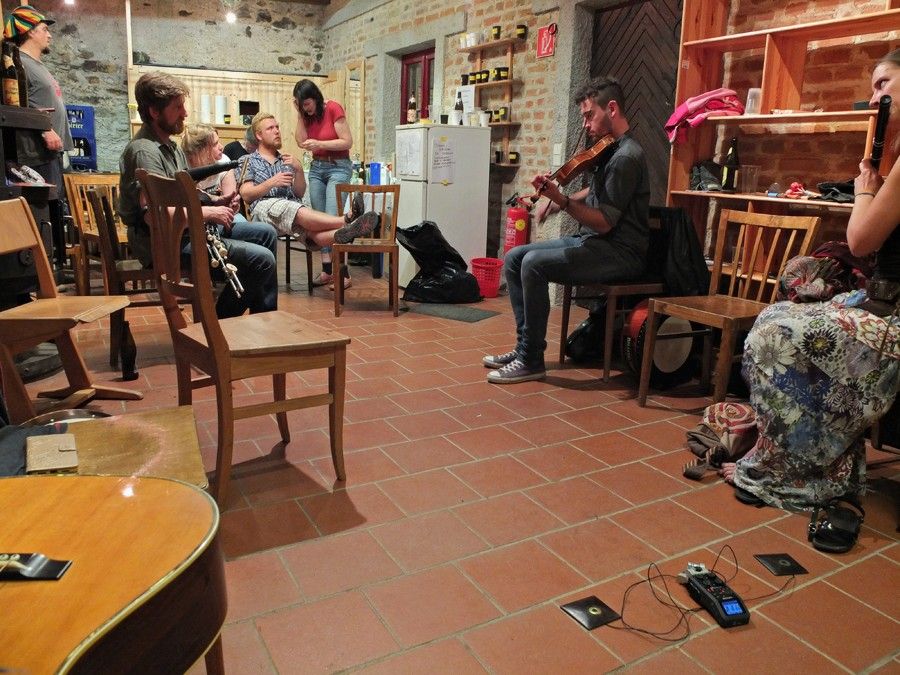
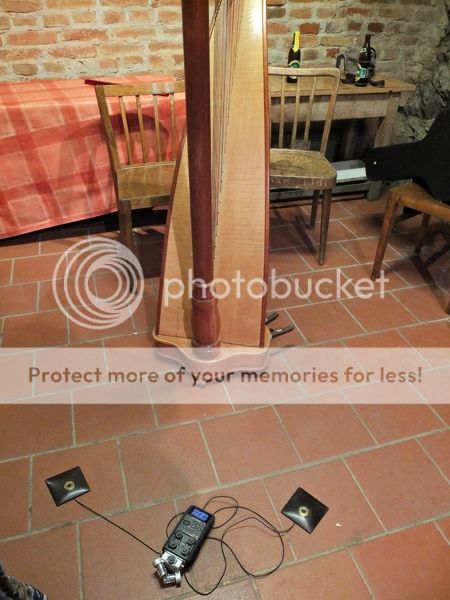




![Electronics Soldering Iron Kit, [Upgraded] Soldering Iron 110V 90W LCD Digital Portable Soldering Kit 180-480℃(356-896℉), Welding Tool with ON/OFF Switch, Auto-sleep, Thermostatic Design](https://m.media-amazon.com/images/I/41gRDnlyfJS._SL500_.jpg)






